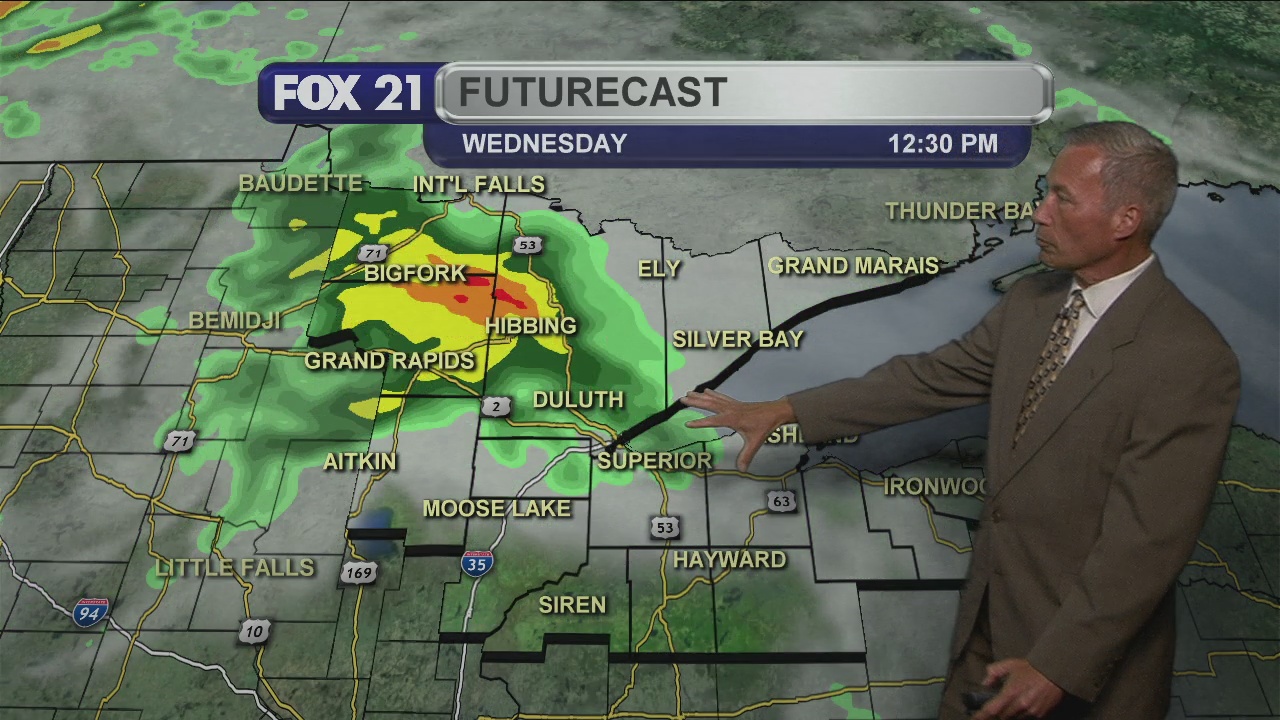

Some salient characteristics are:Ī) Warm SSTA’s are along the midlatitude Chilean west coast and extend westward about 600-800 miles.ī) The basic La Niña pattern remains consistent although weak at this time.Ĭ) Water temperatures off Ecuador and Peru are warm in spots within an area of subnormal SSTA's.ĭ) Water temperatures off the coast of California continue well below normal but have shown slight warming over the last month. While still classified as “ La Niña”, this SSTA pattern has some differences from a true La Niña pattern. Summary- There still is not much change to the basic pattern. Bottom line, “normal” is not a constant, it is linked to a moment (albeit comprising 30 years). Although the 30 year updates are for each decade, it is important to monitor changes in the normals. Later this year, the PRISM Climate Group will be issuing the newly computed 30 year normals of temperature and precipitation valid 1991-2020. The latest version in general use is for the period 1981-2010.
#Corona weather july 16 2016 update
As a reference, the PRISM Climate Group at Oregon State University issues their update of the PRISM climate 30 year normals every 10 years. Although the discussion of climate change is beyond the scope of this weekly summary, we mention it so that you know it is a consideration to keep in mind.

Therefore, we use such expressions as above or below “normal.” “Normal” in a changing climate scenario is a changing quantity, given the warming and trend towards a longer dry season that has occurred in California. This provides a general summary of trends in weather. This extended weather outlook is intended to provide a general scenario for conditions to be expected over the next three months. California Avocado Industry Impact Reports.Executive Orders, Directives and Critical Infrastructure Definitions.Ag Employee and Employer COVID-19 Resources.Food and Ag Industry COVID-19 Resources.Financial Resources for Organic Producers.Become a Certified Organic Avocado Grower.11 Extreme - Avoid being outside during midday hours.

8-10 Very high - Spend time in the shade between 11am and 3pm. 6-7 High - Seek shade during midday hours, cover up and wear sunscreen. 3-5 Moderate - Take care during midday hours and do not spend too much time in the sun unprotected. No risk of UV - It’s safe to stay outside. UV exposure index and the protection required to help keep you safe: The higher the percentage of humidity, the wetter it will feel outside. If there is a lot of water vapour, the humidity will be high. Humidity is the amount of water vapor in the air. Visibility measures the distance at which an object can be clearly seen. The number represents the average wind speed expected at that time. The letters show the direction the wind is blowing from (on a standard 16-point compass). The arrow shows the direction the wind is blowing. Strong winds are shown in bold for speeds of 29 mph or more. Wind gust shows the highest wind speed that you should encounter at that time, as winds peak and lull. This gives you a better idea of how the temperature will actually feel at the time. You can see the temperature in Celsius or Fahrenheit by using the dropdown menu.įeels like temperature considers other factors, such as wind speed and humidity. This number shows the air temperature for the time period. Chance of precipitation represents how likely it is that rain (or other types of precipitation, such as sleet, snow, hail and drizzle) will fall from the sky at a certain time.


 0 kommentar(er)
0 kommentar(er)
